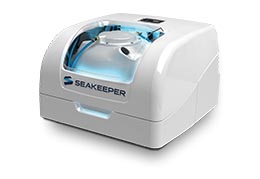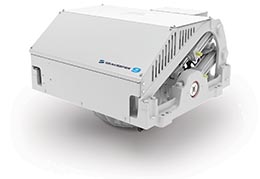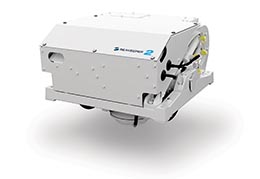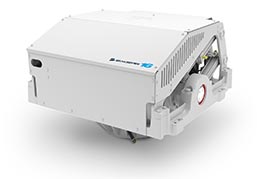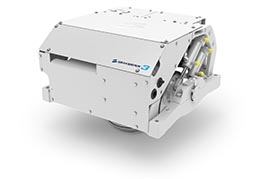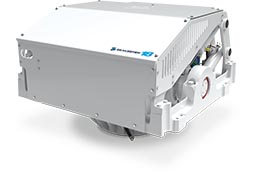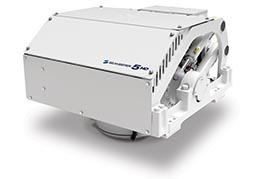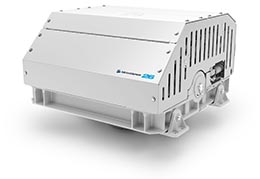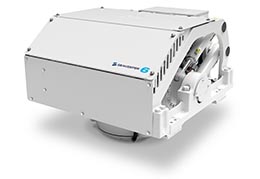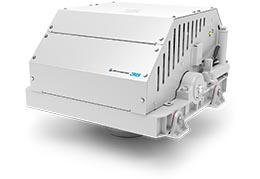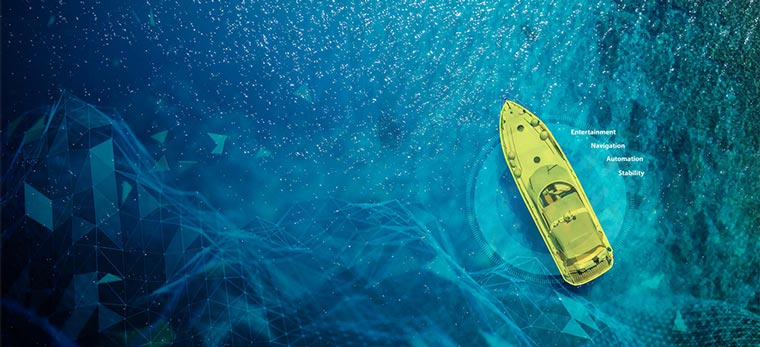Nothing beats the thrill of weighing anchor and heading for open waters in your own yacht. And if you’ve found an excellent company, such as Starboard Yacht Group LLC, to handle your yacht maintenance in Fort Lauderdale, you don’t have to worry about keeping it in great shape. But before you set sail, there’s one important thing you absolutely have to know: how to properly anchor your boat.
If you aren’t quite sure you know, you probably need a few pointers, and there’s no time like the present to learn.
The anchor
There is no one anchor that fits every situation, and that’s why it’s important to get the advice of a reputable boat company up front. The best anchor will largely depend on your personal sailing habits and locale. For example, one anchor that works great for a grassy or soupy floor might be completely wrong for a situation that involves strong tides or pieces of coral or rock. There are seemingly countless types and brands to choose from, so don’t be afraid to get professional advice!
The rode
You also need the right rode (material used to haul in and let up your anchor and attach it to your ship) for your anchor. While some people do use nylon rope (due to its excellent flexibility and light weight), the most common choice is chain, and with good reason. Ropes do have their good points, but they are also much more easily destroyed by things like coral and rocks. Chains, particularly those made from galvanized steel, are durable, reliable and easy to handle. Check with your boating company if you have any specific questions about the material for your anchor attachment.
The scope
It’s very important to send down the correct amount of chain when you want to weigh anchor in open water. Too little, and your anchor won’t hold. Too much, and you risk being swept into powerful waves, or impeding the space of other vessels nearby. When you visit your trusted boating company for yacht services in Fort Lauderdale, ask them to help you calculate the amount of scope you need for different situations.
Anchoring scenarios
It’s also important to know the bottom type of your anchoring area. For example, clay, sand and mud are all generally good bottoms for your anchor, but rocks can be extra tricky. For some situations, one anchor will be better than another, so plan accordingly. Also, consider the wind. Anchoring on a “lee shore”—one in which the wind can put you toward the beach and sea level and strength has no opposition—is not a good idea.
Also remember to be respectful of other nearby boats. If you pull into a harbor to wait out a storm and another vessel is already there, it’s your job to make sure you have the right amount of rode and the right anchor in play so you don’t hit them.
For all your questions, anchoring requirements, and yacht services in Fort Lauderdale, visit Starboard Yacht Group LLC, and we’ll have you safely out on the open water in no time!

